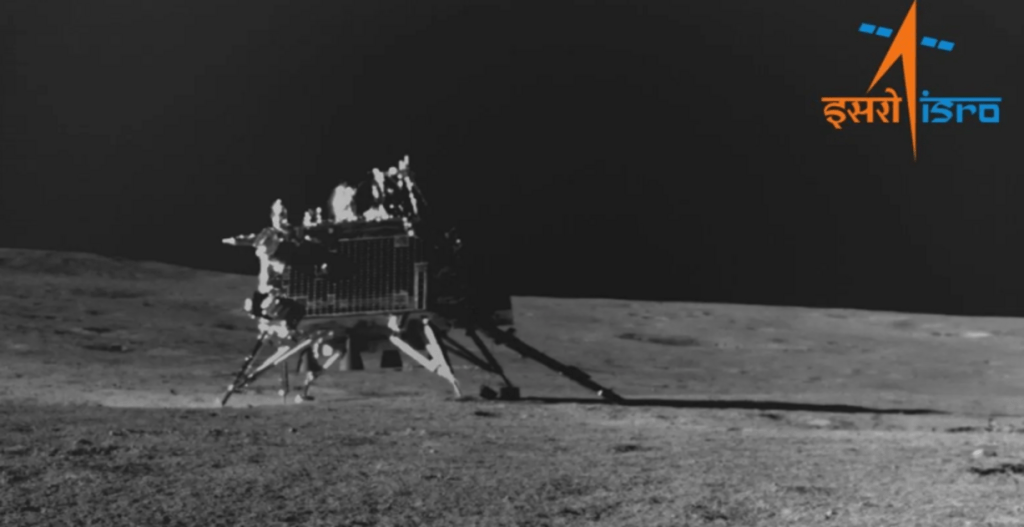India Returns Chandrayaan-3 Moon Mission: A Journey of Discovery
Our Recent News Trends

The spacecraft responsible for transporting India’s Chandrayaan-3 lander-rover duo to the moon has now made its way back home, albeit in a unique manner.
In an unexpected announcement on December 4th, the Indian Space Research Organisation (ISRO) revealed that they had maneuvered the propulsion module of Chandrayaan-3 out of lunar orbit and positioned it at a higher altitude above Earth for an additional mission. The module is currently sustained by the remaining fuel it had onboard. This new experiment aims to showcase technologies that will aid Indian scientists in eventually bringing moon samples back to Earth.
The propulsion module, which is a box-shaped component of the Chandrayaan-3 spacecraft powered by solar panels, now orbits Earth every two weeks. ISRO has not disclosed their plans for the spacecraft once it depletes its fuel reserves.
On November 22nd, the module reached its closest proximity to Earth, coming within 95,000 miles (154,000 kilometers) of the planet’s surface, as confirmed by ISRO officials. Despite this, it remained at a safe distance from other operational Earth-orbiting satellites.
ISRO stated, “Based on the current orbit prediction, there is no risk of a close approach with any operational Earth-orbiting satellites.”
Earlier this year, the propulsion module fulfilled its primary objective by successfully placing Chandrayaan-3’s robotic lander and rover into a precise orbit around the moon, leading to their historic landing near the south pole in August. Subsequently, the module transitioned to a slightly higher orbit around the moon to conduct a scientific experiment, studying our planet to aid in the search for exoplanets similar to Earth.
After completing its primary operations, the module had approximately 220 pounds (100 kilograms) of fuel remaining by the end of its one-day equivalent on the moon, which translates to about a month for us on Earth. At this point, ISRO decided to bring the module back to Earth, as the mission’s primary objectives had been accomplished, as stated in the December 4th statement.
In early October, the module was propelled from an altitude of 93 miles (150 km) above the moon’s surface to a distance of slightly over 3,100 miles (5,000 km). To acquire the necessary momentum for its return journey to Earth, it completed four orbits around the moon before commencing its trajectory back home.


